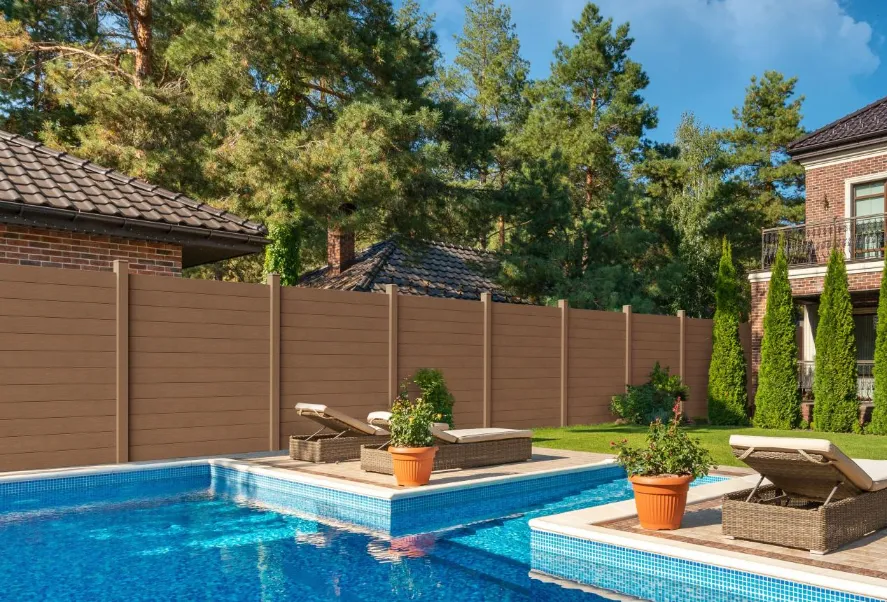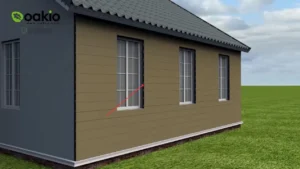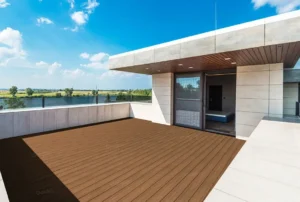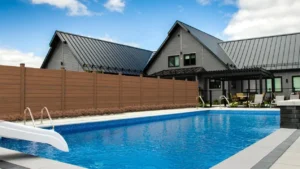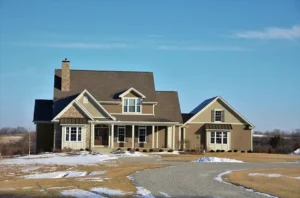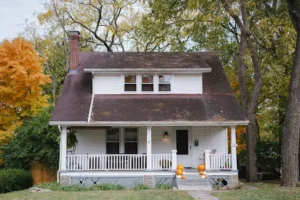WPC Material Manufacturing: A Three-Stage Journey of Technological Advancements
The manufacturing of Wood-Plastic Composite (WPC) materials has evolved significantly, addressing the limitations of traditional wood and plastics. Driven by market demand and technological progress, WPC manufacturing has seen advancements in three critical areas: board production, profile extrusion, and assembly techniques.

Advancements in WPC Board Manufacturing
In the 1990s, WPC boards began as a novel concept inspired by artificial board production. Initial methods included hot pressing and embedding glass fiber for strength. With the advent of extrusion technology in the 2000s, single-screw and twin-screw extruders combined with specialized molds became standard for producing durable, decorative WPC boards.
Recent innovations have introduced adhesive-free veneer techniques, eliminating harmful emissions like formaldehyde, making WPC boards ideal for indoor use. Additionally, edge-sealing and wrapping technologies have enhanced the aesthetics and durability of WPC boards, addressing challenges such as low flexibility in processing.
WPC Profiles and Extrusion Technology
Extrusion molding has become the cornerstone for manufacturing WPC profiles, such as legs, edges, and door frames. By designing intricate cavities and optimizing mold sizes, manufacturers produce profiles that meet diverse functional and aesthetic demands.
Techniques like compression molding and injection molding allow for intricate shapes and detailed textures, although challenges persist due to the lower flowability of WPC compared to pure plastics. Strengthening methods, such as embedding reinforcements and covering WPC cores with solid wood, have improved the durability and mechanical properties of WPC profiles.
Innovations in WPC Assembly Techniques
Assembly techniques are critical for WPC applications, requiring strong connections and efficient installation. Traditional wood joinery methods, such as mortise-and-tenon and nail connections, have been adapted for WPC materials. In addition, innovative solutions like spiral connectors, snap-fit designs, and specialized screws have emerged to improve flexibility and efficiency.
For adhesives, epoxy and acrylic-based solutions have proven effective, while fusion welding has expanded its applications in doors and windows. Lightweight foamed WPC and sandwich board connections are areas ripe for further research, aiming to enhance the versatility and applicability of WPC materials.

Conclusion:
The evolution of WPC manufacturing reflects the industry’s drive for eco-friendly, durable, and versatile building materials. From adhesive-free boards to intricate profiles and efficient assembly systems, WPC technology continues to set benchmarks in sustainable construction.
Discover how Oakio’s range of innovative WPC solutions can transform your next project into an eco-friendly success. Visit our website today!
Trending Reading
What Are the Differences Between the WPC Board and PVC Board?
[2024 Update] How Long Does WPC Decking Last?
